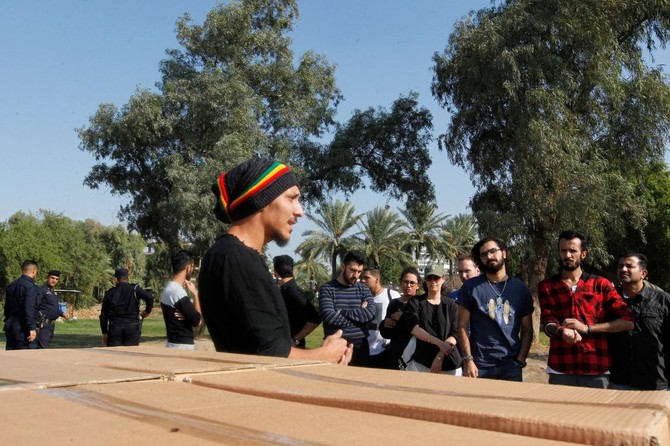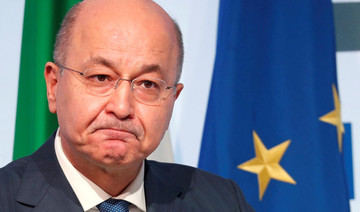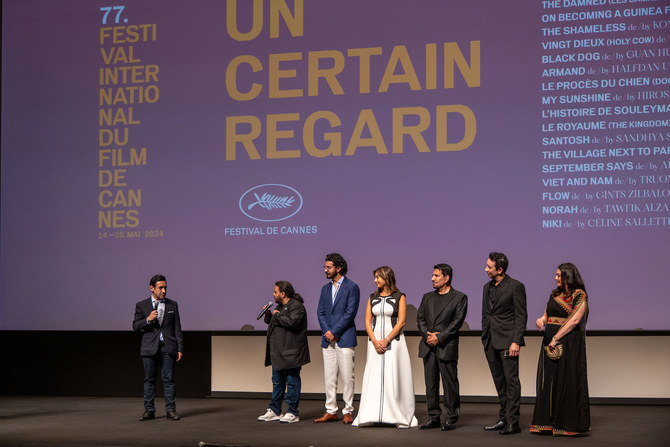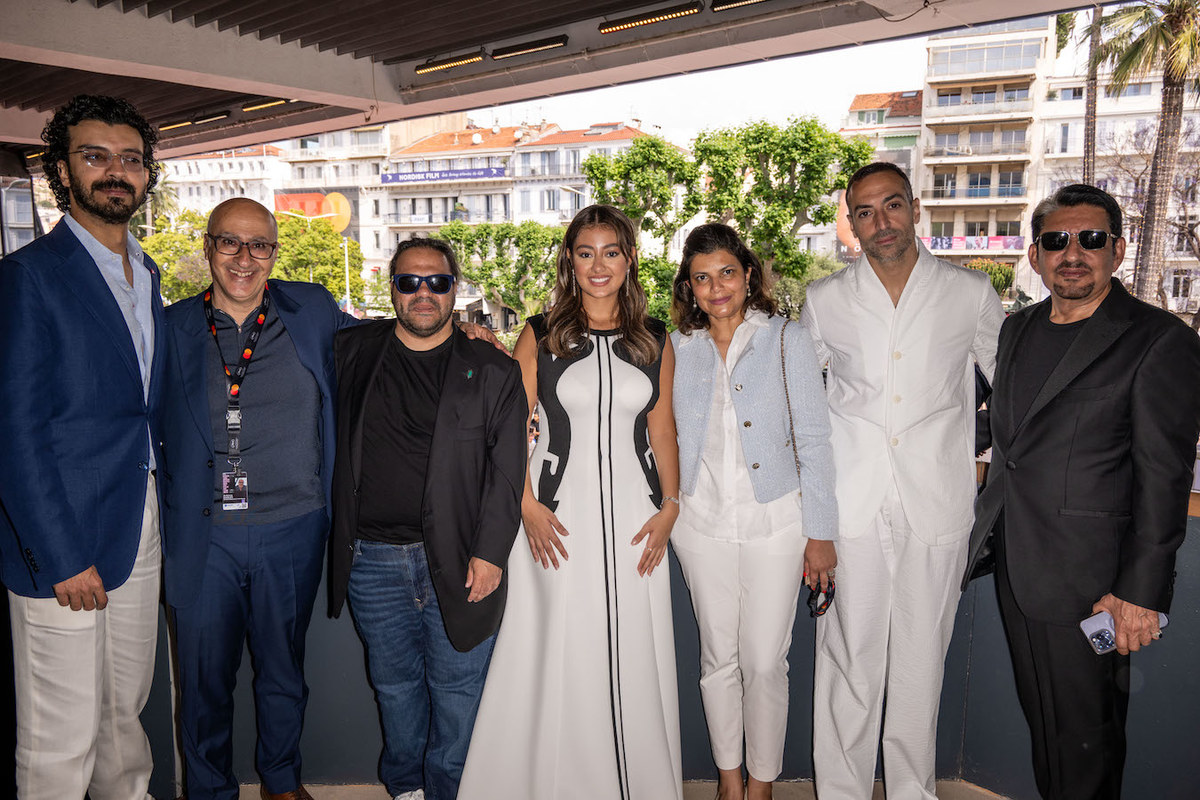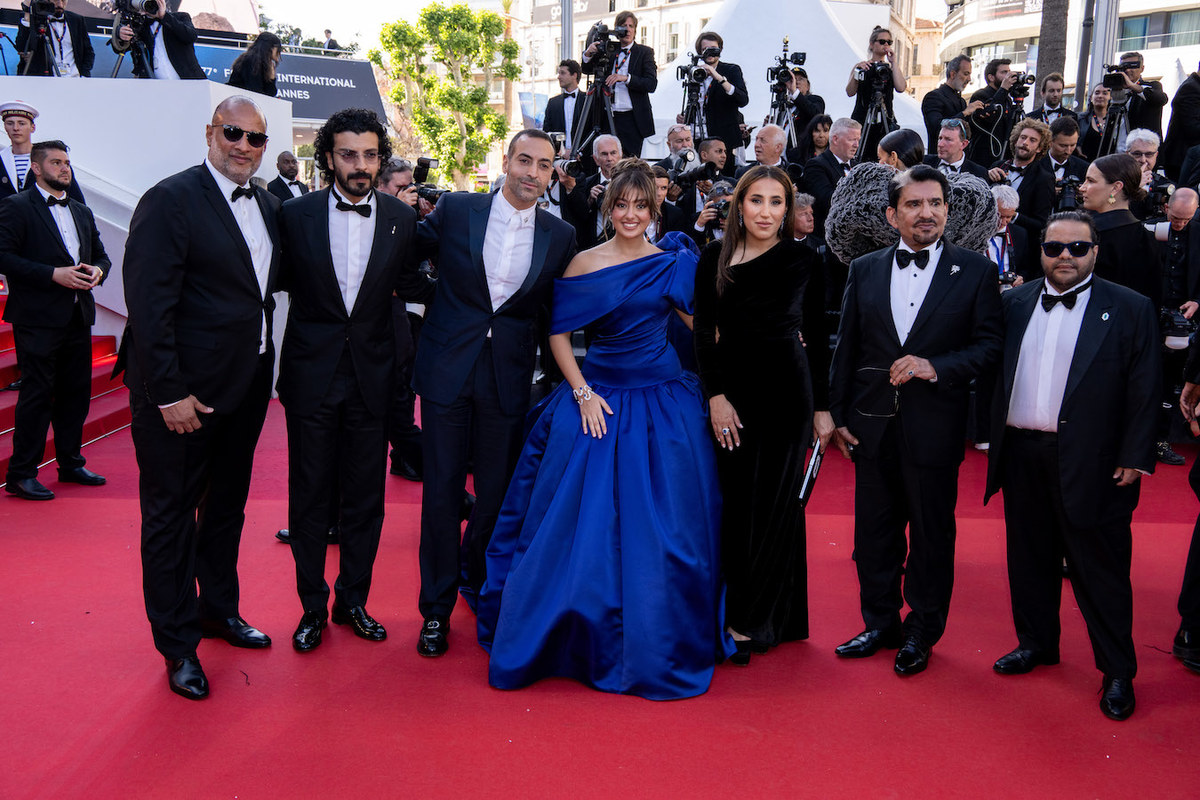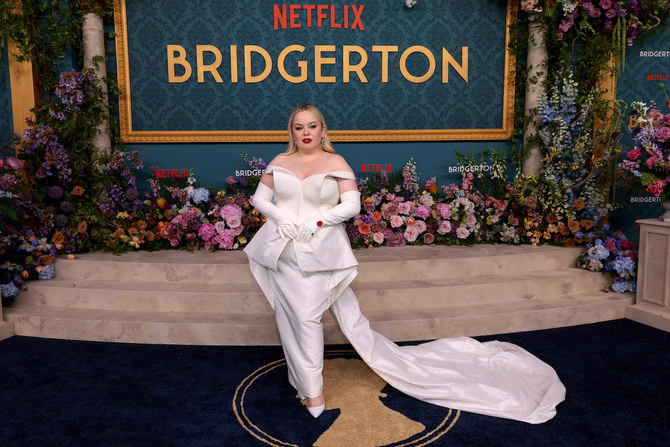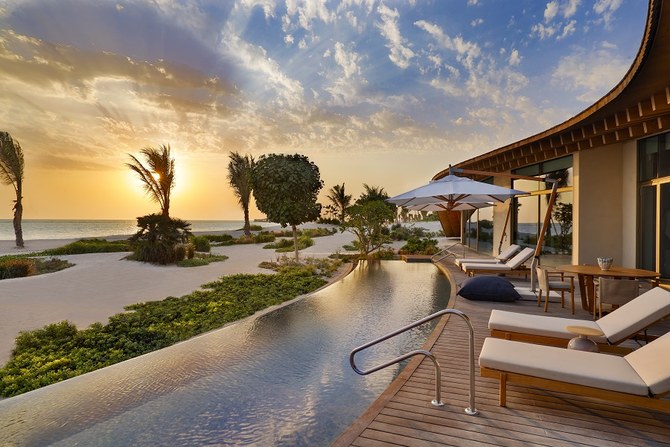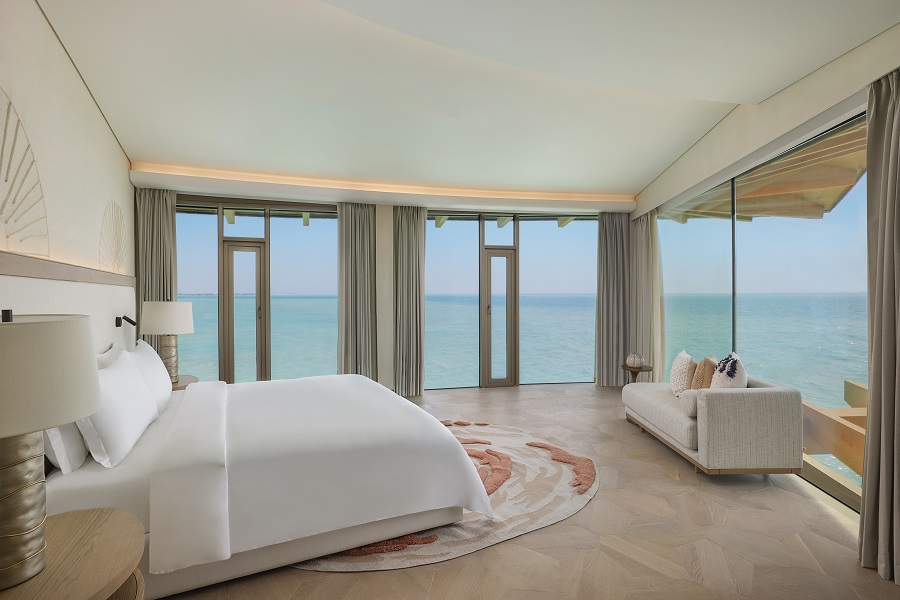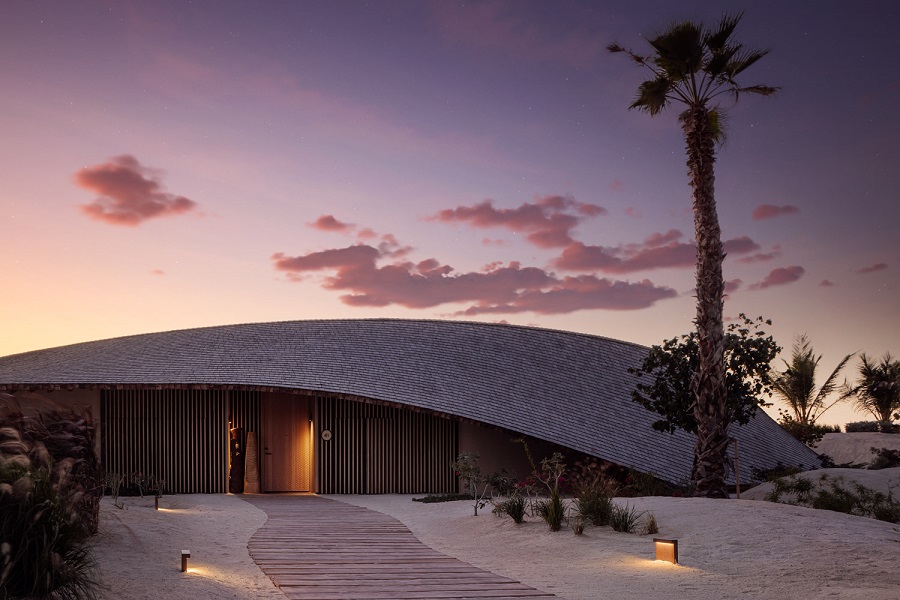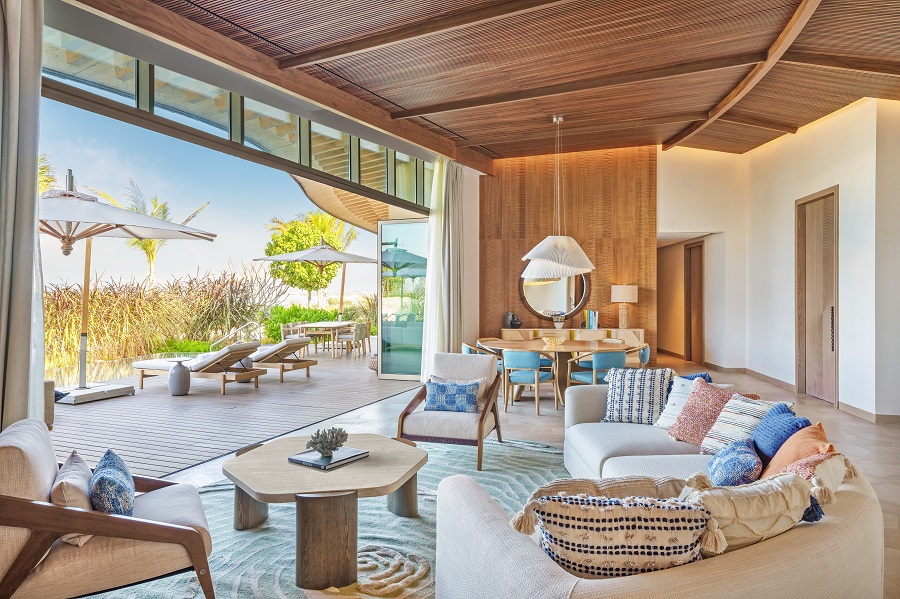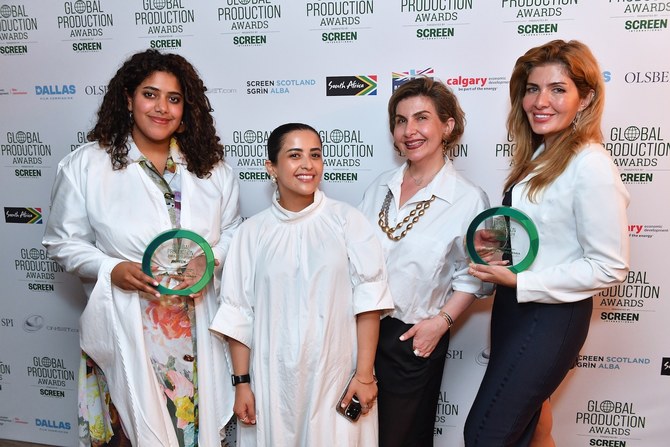BAGHDAD: Dressed in a multi-colored beanie and grey sneakers, Zaid Saad had just finished setting up his contemporary art exhibit on Baghdad’s sandy riverbank when police showed up.
The piece was part of a two-day walking tour of Iraq’s capital, an effort by young artists to address social dilemmas and reclaim Baghdad’s identity after more than a decade of violence.
But at virtually every turn, organizers came up against some of the very stereotypes they sought to break down, from blast walls to jumpy security guards and skeptical members of Iraq’s conservative society.
Saad’s art, for example, was set up in a highly-sensitive area: directly across the Tigris River from Baghdad’s Green Zone, the walled-off enclave housing parliament, other government offices, and numerous embassies.
Police officers arrived as he was preparing to unveil his work, leading to a flurry of phone calls and handwritten authorizations before Saad was finally able to introduce the piece to an audience of around two dozen.
“Sanduq” or “Crate” in Arabic brought together 11 cardboard boxes, each representing an Iraqi who risked the sea route to Europe. A radio nearby blared testimonies of relatives or friends who wished them well.
“I want to deliver the message that we should stay here. We should build our country first, and then go to other places,” Saad, 27, told AFP.
“They left because of the pressures and everything that happened here, which turned Iraq into an unlivable country. The main reason is the government present in the Green Zone,” he said.
Art, he insisted, could be a way to address the toughest challenges facing Iraq today: waves of emigration, the aftermath of the Daesh group, poverty and pollution.
“Iraqi society has gotten used to all forms of demonstrations and protest. It wants something new,” said Saad, a member of Iraqi art collective Tarkib.
“Art, especially contemporary art, is new here. So it’ll have an effect,” he added.
Iraq has been rocked by waves of instability, from the 2003 US-led invasion to years of sectarian violence and bombings, to the three-year war against Daesh that ended last year.
Those 15 years have scarred the capital, with many streets sealed off by police and blast walls surrounding any building deemed to be a possible target.
One segment of the “Baghdad Walk” ran parallel to a stretch of protective concrete T-walls separating a bustling open-air market from a public bank.
Hussein Matar, the stocky photographer leading this portion of the stroll, was unphased.
“Everything negative in the city is just skin-deep. We can change it,” he told AFP.
Matar had shot new versions of decades-old photographs of Baghdad’s heralded past, hanging the paired pictures on the dilapidated classical Iraqi homes of Rasheed Street.
Despite his optimism, most of Baghdad’s heritage has been permanently “disfigured,” warned Caecilia Pieri, associate researcher at the French Institute of the Near East.
And initiatives like the walk, while an improvement, were only reaching a small segment of Iraqi society.
“There are more cafes with young people, more creative initiatives, but it is in the restricted realm of educated urban bourgeoisie,” said Pieri, a specialist in Iraq’s modern urban history.
“It’s better than nothing, but not enough to irrigate the whole society.”
Indeed, the scrums of shoppers along Rasheed were more interested in the tables of watches, shimmering carp, and fake Adidas than the public art exhibit.
“Are you Iraqi?” one asked the walkers, as puzzled passersby looked on.
As the sun set on Baghdad’s Tahrir (Liberation) Square, artist Luay Al-Hadari erected his contribution: a pink statue of a woman with snapped chains dangling from each wrist.
Draped in a plastic sheet modelled after a traditional robe, the figure represented women IS had abducted and sexually exploited during its reign over parts of Iraq.
“I cut the chain, her hands are up in the air — there’s hope in the piece,” said Hadari, who told AFP he chose Tahrir Square because the artwork was about liberation.
Hours earlier, he had to make last-minute adjustments to the statue’s makeshift robe to cover more of her body.
“Most people won’t understand the concept and will consider it nudity,” Hadari said in a nod to Iraq’s conservatism.
Ali Amer, a 34-year-old engineer attending the walk, said the onus was on Iraqi society itself.
“Our city’s filthy? We’re the ones who dirtied it. It isn’t safe? We’re creating the problems,” he told AFP.
“Today was an attempt to solve these problems, that’s why I wanted to take part.”
Abu Adhraa Al-Rubaye, a burly man selling phone accessories near one of the art installations, was less sure.
“We grew up on violence. There’s no hope it’ll change through art,” he said.
“War, after war, after war — history is stronger than art.”


